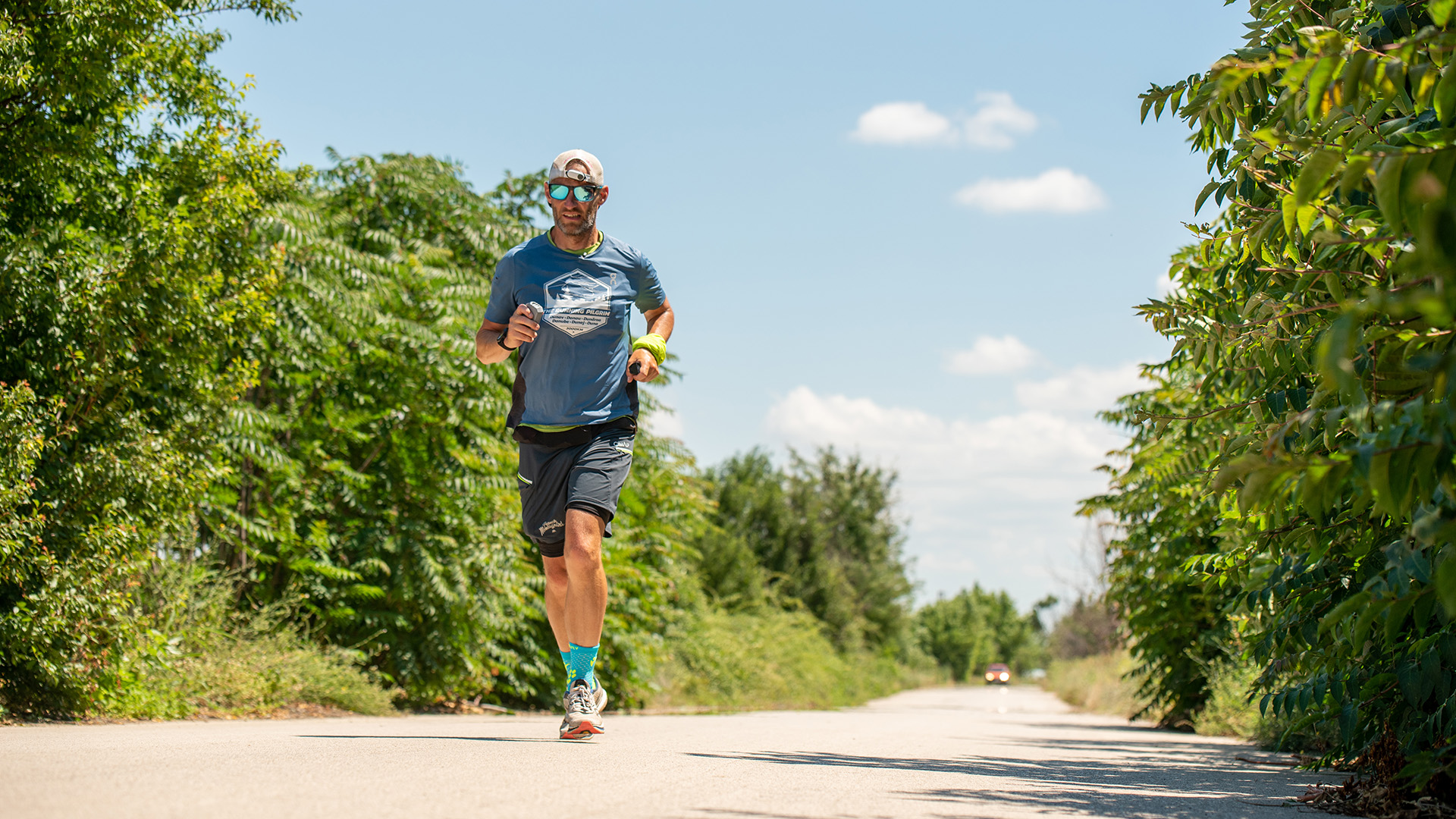

Stepping up from the marathon to racing an ultra can be pretty daunting. Not just because of the extra physical and mental endurance required, but logistically running beyond 26.2 miles is a whole different ball game. There’s more kit to think about for a start.
With aid stations further apart, ultras require a degree of self-sufficiency. This means running with a proper running backpack, carrying your own fuel and hydration, spare clothing like a waterproof jacket and clean pair of running socks, obligatory kit and medical essentials. Choosing the right shoes for the terrain, working out what your delicate stomach will – err – stomach after 12 hours of plodding.
Minor niggles and annoyances with your kit get seriously magnified when you’re running all day long, and making smart choices becomes even more critical. That’s where I can help.
I’ve run close to 30 ultras, from 100-miler to the Marathon Des Sables and in 2022, I became the first person to run the Danube River from sea to source, running 1,830 miles in 67 days, carrying all my own kit.
For my next challenge, I’m heading to South Africa with Marathon Tours and Travel to take on the Comrades Marathon (both external links), an iconic 55-mile road ultra. I’ve spent the past three months testing gear and whittling down my kit list. Here’s my pick of the best ultra-running essentials and a few hints on what to look for when you’re choosing yours.
1. Road-to-trail running shoes
Choosing the best running shoes for an ultra marathon can be hard. You need to know the challenge ahead, and it pays to do your research. Dig into the course info, watch Youtube videos of the race and, ask previous finishers what terrain you’re likely to tread, check the likely weather.
The majority of ultras are off-road, and in many cases, unless you’re tackling the steepest, most technical trails – or crazy wet conditions – a road-to-trail shoe is a good option (find loads of these in T3's best trail running shoe guide). These offer a good balance of cushioning, protection, and grip without being too heavy, too firm or too cumbersome if the trails are dry and compacted.
Sign up to the T3 newsletter for smarter living straight to your inbox
Get all the latest news, reviews, deals and buying guides on gorgeous tech, home and active products from the T3 experts
Two shoes that fit that bill nicely are the HOKA Speedgoat 5 and the inov-8 Trailfly G270. The Speedgoat 5 offers a good balance of energetic response, soft 4mm drop midsole cushioning, stability and reliable Vibram Megagrip traction. It’s perhaps not the roomiest in the toe box, but it’s the kind of shoe that lets you soak up long miles in comfort.
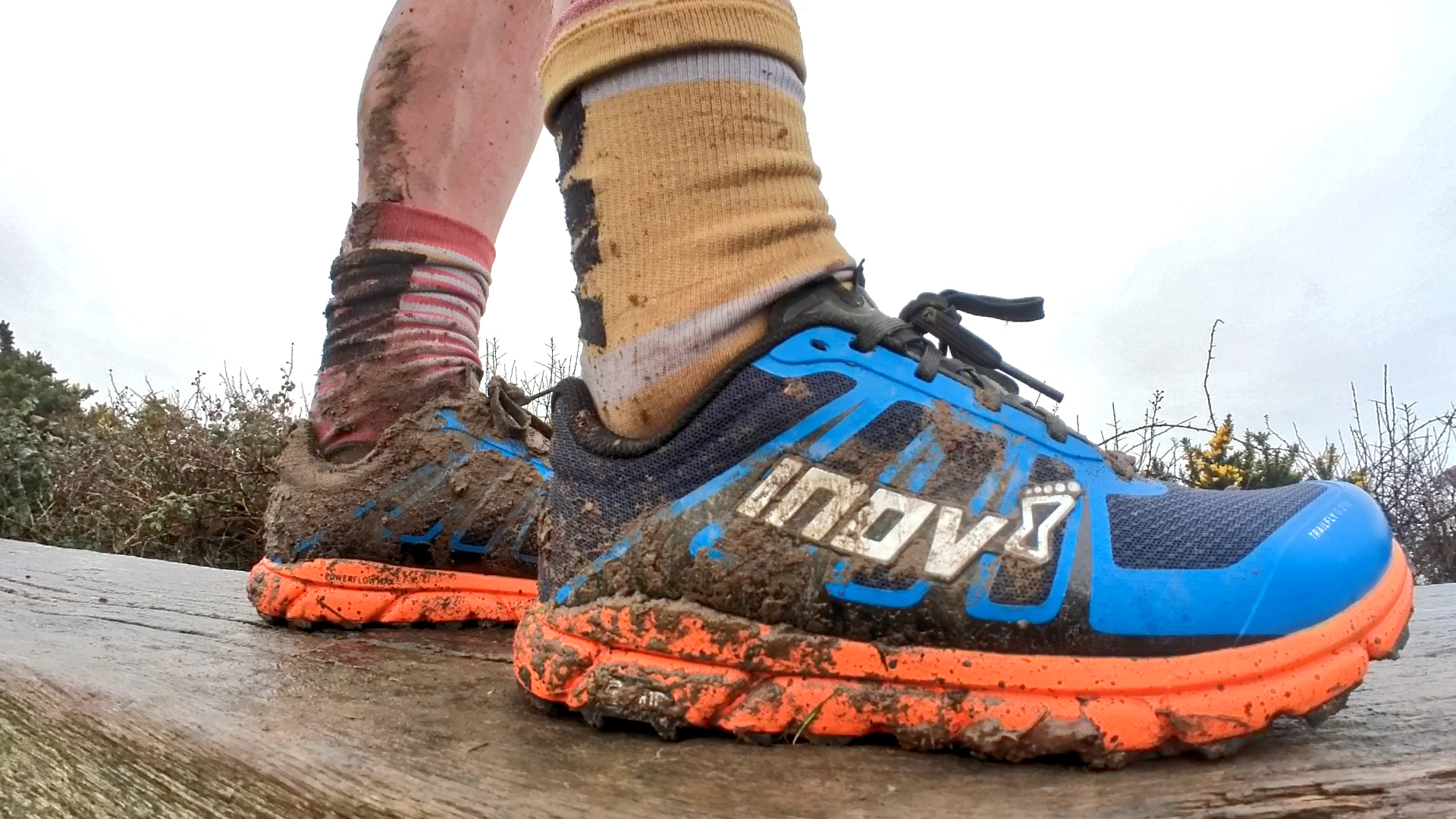
The Trailfly G270 offers a light, speedy, agile ride with balanced cushioning and stability, plus excellent grip and durability. It’s a little firmer and more direct than the Speedgoat 5, but it’s a very happy clipping along at an easy ultra pace for hours on end.
If your ultra is mainly on the road, I’d highly recommend the nylon-plated Saucony Endorphin Speed 3. I ran in these for more than 1,000 miles of my run along the Danube, moving 6 hours a day. They’re cushioned and protective but light and springy, with a great base to run off and reliable stability. The uppers are roomy and comfortable, with a good locked-in fit with no threat of bashed toenails or blisters. An excellent option for long hours on the move.
Oh, and if you’re looking at running for more than 6 hours, you might want to consider going half a size up in your shoes to accommodate any foot swelling that may occur.

2. Cushioned running socks
Your sock choice is almost as important as your shoe selection. Busted feet are a fast ticket to a DNF (Did Not Finish). It’s worth investing time – and a bit of money – in finding socks that offer reliable, blister-free comfort. When you find them, buy as many as you can. And definitely consider sticking a spare pair in your pack or in a drop bag. Nothing boosts ultra morale like a fresh pair of socks.
My go-to running socks are the Stance Performance Run Crew (all links in this section are retailer links). They’re on the thicker side, but these mid-cushion socks offer good padding in the heels, toes and all around the foot. They feel plush without overheating, and the mid-cut rise and ankle padding help if you clip your ankles. They get a little heavy if your feet get drenched, and lighter, thinner socks are better if you’re battling wet conditions.
A couple of good alternatives to check out include the Injinji Ultra Run Crew Toe Socks (Editor's note: I'm learning to love these after being slightly apprehensive about toe socks at the beginning). Some runners swear by the toe-glove design for avoiding friction between your pinkies.
If you want compression to help prevent muscle damage, the CEP Ultralight Socks are great. They’re thin, light and fast drying, and the higher cut is good for added warmth and protection in colder temperatures. And when you’re cutting through wilder overgrown trails.
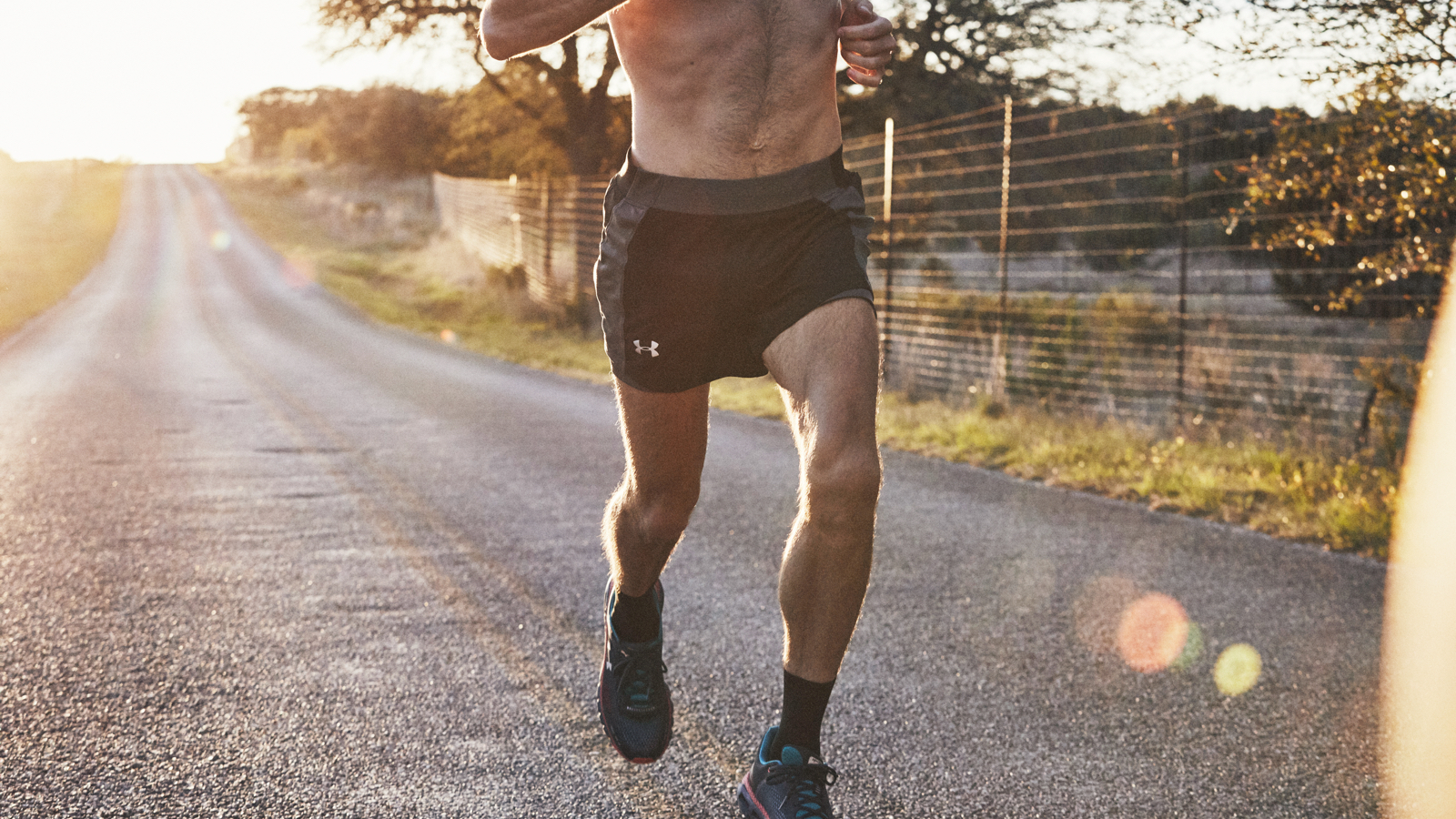
3. High-capacity running shorts
Once I step beyond the marathon distance, my shorts must tick a few important boxes. They need to offer good coverage without restricting movement, provide comfortable support for muscles, and they must not chafe. I also choose shorts with built-in storage.
The CimAlp 2-in-1 Twin Shorts (retailer link) trail-style shorts are excellent. These twin shorts feature a mildly compressive built-in base layer short with a heavier, soft outer that adds warmth without overdoing it.
But the real selling point here is the storage. They feature two large zippered leg pockets, which are perfect for lighter essentials like a route map. An integrated storage belt offers four more big stretch mesh drop-ins (one with velcro fastening), ideal for storing items you need close to hand. You can even fit a 600ml soft flask in without too much bounce. All around just a cracking utility short and wonderfully durable too. I ran 67 marathons in 67 days in one pair, and they’re still going strong.
4. Running belt (for even more storage)
If you prefer to run in more minimal shorts, you can also beef up your storage with a good running belt. I’ve often used the Flipbelt Zipper (both retailer links) for its flexible storage, soft fabric and single secure zippered pocket, which is great for holding a phone, but my go-to more recently is the Naked Running Band. It’s wide, soft and lightweight, with four accommodating stretch mesh pockets that holster a surprising amount of stuff, crucially without bouncing around. (Editor's note: I used the Camelbak Ultra Belt when I ran the Mongol 100, and that did wonders.)
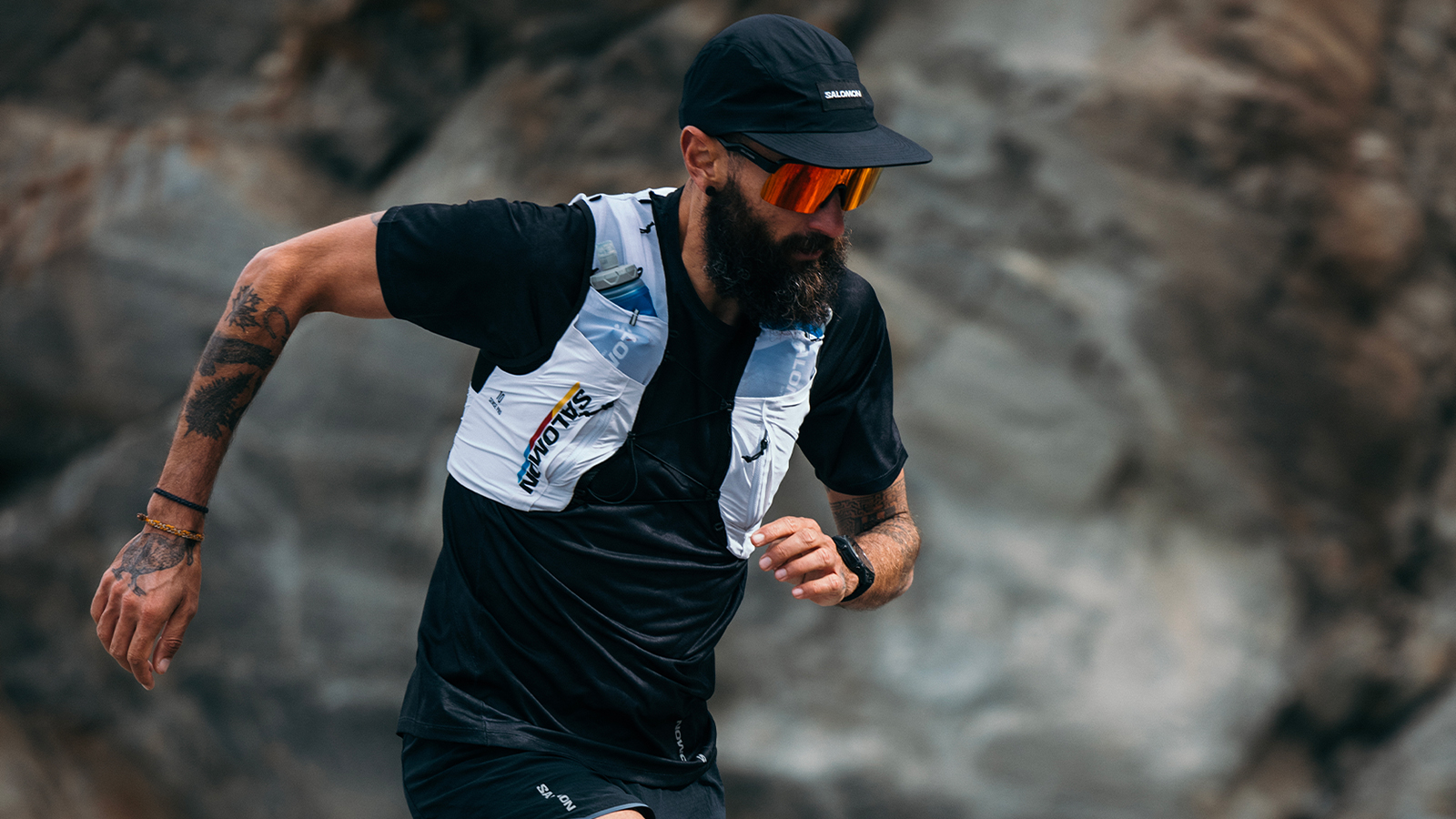
5. Running vest (more storage!)
When it comes to ultras, you can end up running anywhere from 6 hours up to 30. That means you tend to carry more stuff like fuel, water, obligatory kit, spare clothes, medical kit, and a headtorch. Key considerations here are overall capacity – anything around two litres will be light and minimal and good if you don’t need to carry much between aid stations. If you’ve got more gear to port over longer distances, a 5-litre vest is a solid option. Also, think about whether you prefer a bladder or soft flasks for hydration. I prefer soft flasks so I can keep my water and electrolytes separate.
Luckily the range of packs and ultra-running vests is now vast. If you want something really minimal, I’m a big fan of Salomon’s Sense Pro 2 (all retailer links). For something with more capacity and zippered secure stash space, the Nathan VaporAir 3.0 is great. But my pick for single-day ultras is the Salomon Active Skin 8.
It has a zippered back compartment that’ll take a 1.5-litre hydration bladder. Two deep, front stash pockets for quick-access essentials like gels, snacks, head torch and gloves, and there’s also one phone-sized zippered pocket and two 500ml soft flask chest pockets. If you want to scale the storage up and down, there are also 5 and 12-litre options.
If you want something really close-fitting and minimal for really lightweight racing, the Naked High Capacity Vest is also excellent. Though I find the soft flasks suffer a little too much bounce to use for hydration.
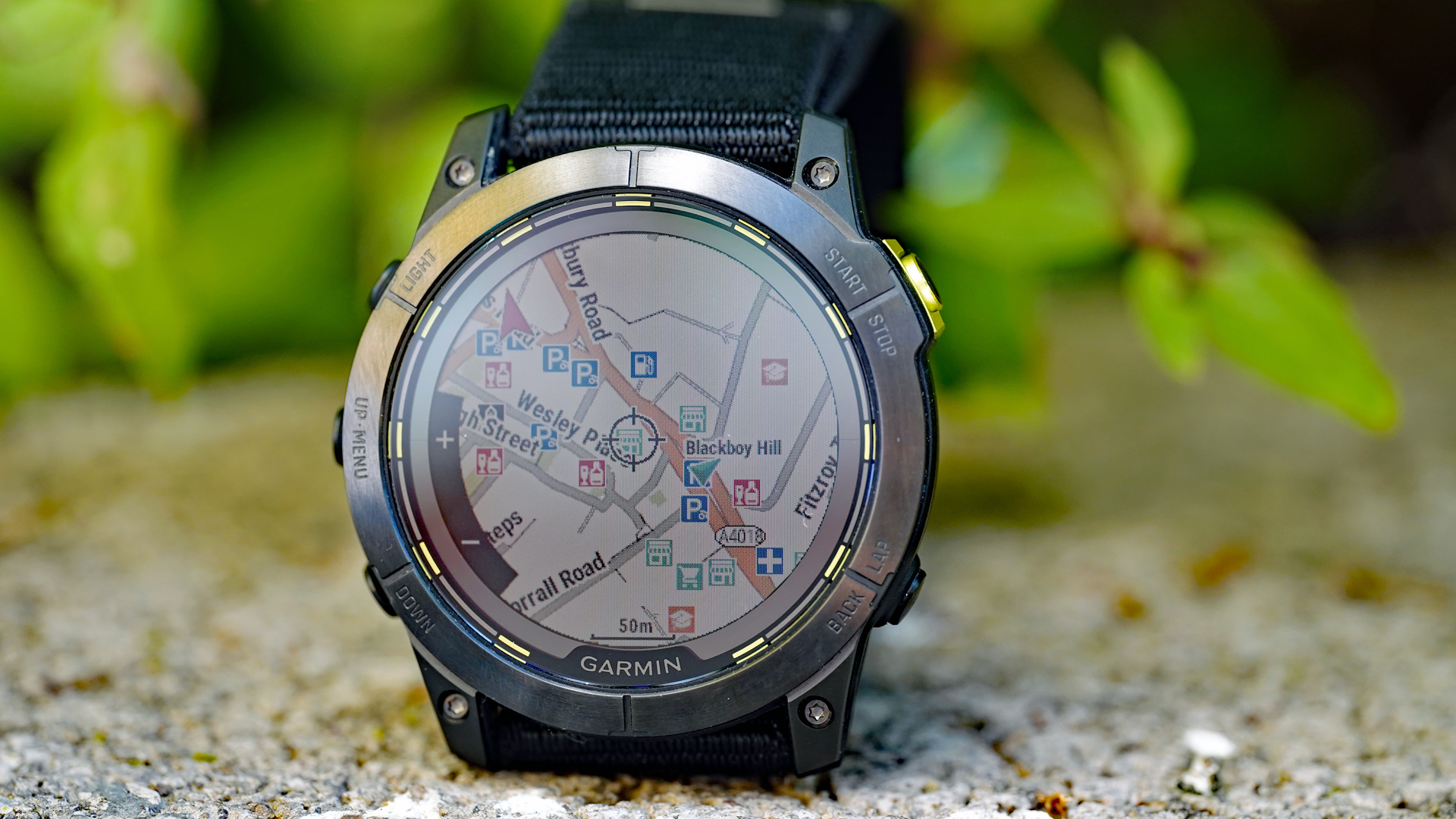
6. Rugged running watch
The priority here is battery life. You need a watch with GPS tracking staying power that’ll last as long as you do. Beyond that, you may also need navigation tools like turn-by-turn routing, mapping, and elevation tracking so you can see just how far you’ve yomped up the current climb.
My current weapon of choice is the Garmin Enduro 2, which also happens to be right at the top of T3's best outdoor watch guide. It’s pricey, but it offers the full package for ultra runners. It has a massive 150-hour solar GPS battery life that extends up to 700+ in low-power tracking modes. So it’ll handle single and multi-day ultras without blinking.
The big 1.4-inch sapphire glass touchscreen is great for displaying multiple metrics, and the titanium chassis can withstand scratches and scrapes while on the move. There’s full-colour TopoActive mapping, turn-by-turn navigation and upcoming climb tracking – so it’s great for coastal or mountain trail ultras.
GPS accuracy is reliable thanks to multi-band GNSS for constant coverage, while Garmin's SatIQ automatically switches satellite tracking modes to cut battery drain. I also like the safety features like Live Track, incident detection and the built-in LED flashlight. There’s also an ultra mode that automatically clocks how long you spend at aid stations. Too long is often the answer.

7. Fuel for the long haul
The gut is a fickle beast at the best of times, and when you’ve been moving for long hours, working out what you can and can’t stomach is a fine art. It’s smart to opt for a variety of flavours and textures, including a mix of sweet and savoury, and I’ve got some tried and trusted staples I always pack.
The first is PF 30 Chews (all retailer links). With 30g of carbs in a tiny two-chew pack, these running belt-friendly cubes offer the best energy-to-space and weight ratio going. They don’t squash or melt in the heat easily like some chews, making them perfect mid-run fuel for multi-day challenges.
I also carry a few Vala Energy Gels. This real-food, five-ingredient gels mix dates, maple syrup, lemon juice, lime juice, chia seeds and salt, and they’re a welcome treat when you need a sweet mental boost that’s not artificial.
For when I want something a bit more substantial, I’ll tuck into a 33Fuel Amore Natural Energy Bar. These panforte-inspired fruit and nut bars offer a big hit of slow-release energy from all-natural ingredients, and they taste amazing.
8. Don't forget your electrolytes tabs
Running all day requires a smart hydration strategy. You need to replace lost electrolytes and fluids. Knowing your sweat and salt loss rates can help you better tune into your hydration, and Precision Fuel & Hydration's sweat-test-based system of electrolyte tabs and powders is spot on. Based on my personal sweat rate, I used Precision’s 1500-strength Electrolyte Tabs (retailer link) before and after each run and the 1000-strength tabs in my bottles during the run.
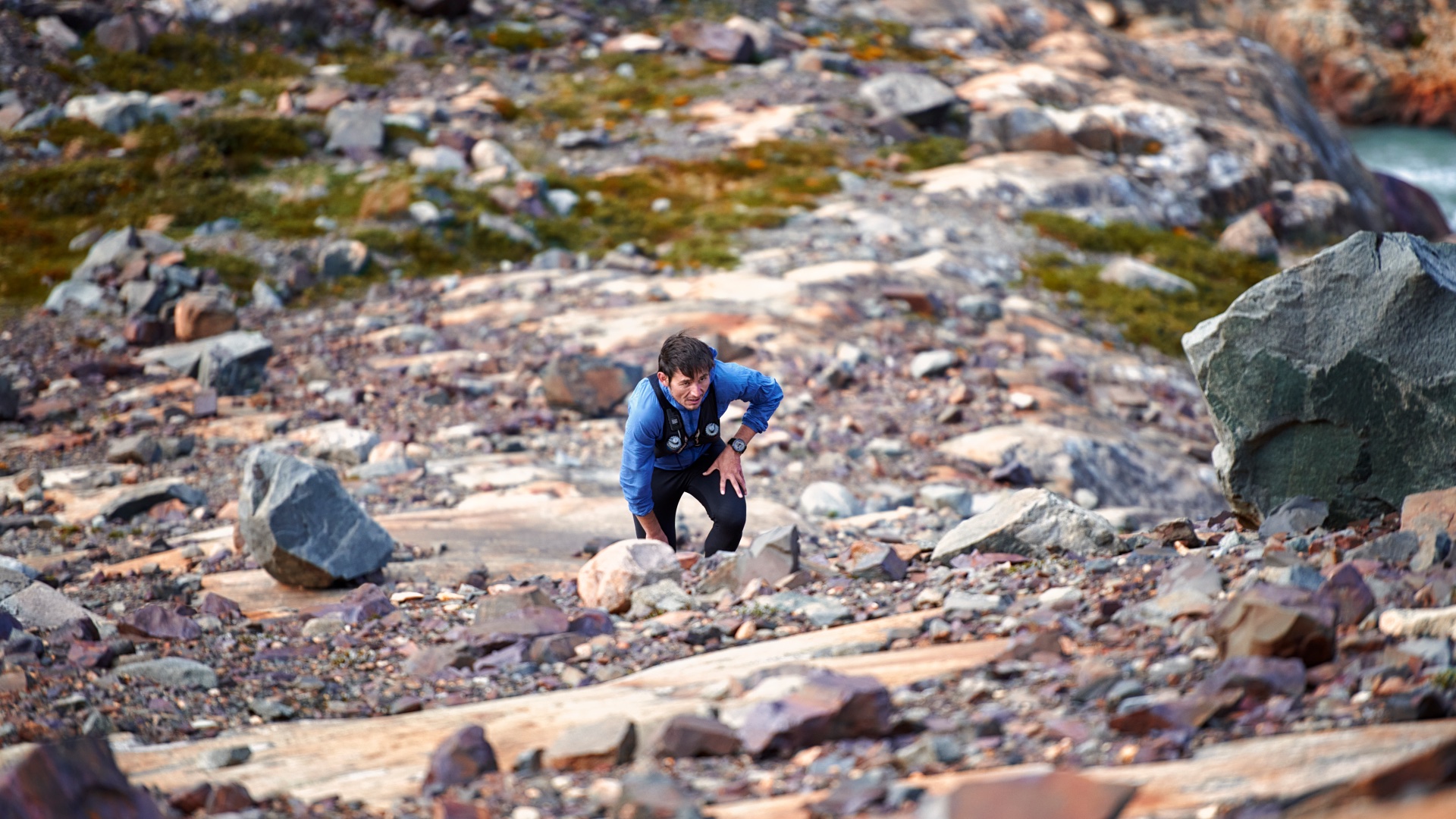
9. Sun protection
A good running sunscreen should be easy to apply, offer a high factor, all-day protection from one coat, and be completely water and sweat resistant. You also want zero chance of it leaking into your eyes. Most regular sunscreens don’t cut it.
My go-to is P20 SPF 50+ sunscreen (retailer link). The spray bottle is really easy to use, and it offers 10 hours of continuous protection from one liberal pre-race spray. It’s also an oil rather than a cream, so it’s more easily absorbed into the skin and doesn’t feel greasy. It’s also fragrance-free.
10. Blister protection
On ultras, chafing is your biggest enemy. Vaseline is one option for lubing up your soft and delicate bits, but it can be a bit messy and tends to leave marks on your clothes. If you’re going into the desert, Vaseline plus sand equals sandpaper, so it’s a no-go.
For the past decade, since I ran the Marathon Des Sables, I’ve relied on 2Toms Sportshield (retailer link). It’s a single-application, silicone-based roll-on that’s easy to use and brilliantly effective. It’s also lightweight and portable. Apply it liberally to anything with the slightest potential for friction, and you won’t need to worry about chafe. You can even use it on your feet to cut your blister risk.
Speaking of blisters, if you know you’ll be running in hot, humid or wet conditions, it’s also worth considering adding some 2Toms Blistershield. If you sprinkle some of this talc-like powder onto your feet and in your socks, it creates a barrier that lets you sweat but keeps moisture at bay. That cuts your risk of damp-induced blisters.

Kieran is a freelance writer and editor working in the space where health, fitness, sports and technology collide. He covers everything from virtual reality and smart scales to the latest wearable health trackers. Kieran is also a borderline-obsessed runner and is passionate about using the latest technology to hack his health in search of marginal gains.

